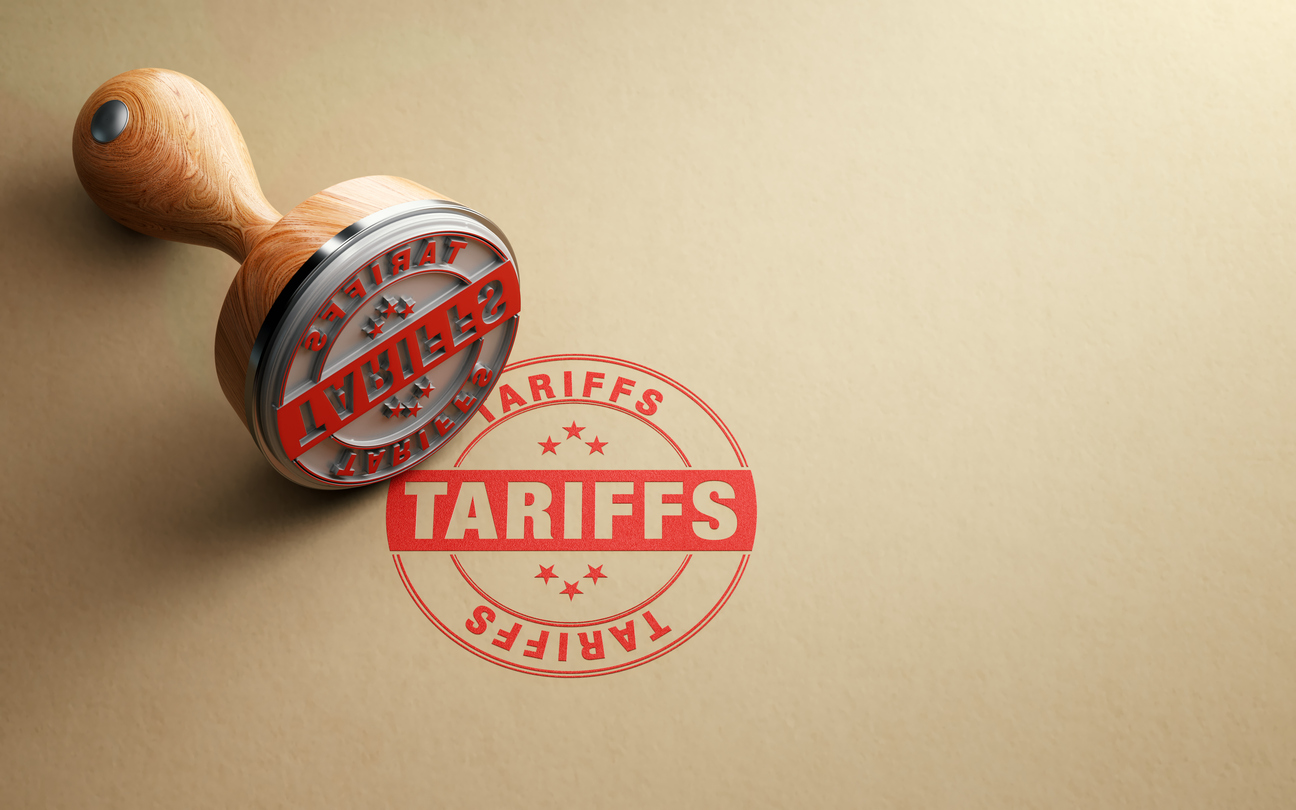
The world of international trade is a complex dance, and right now, U.S. imports are performing a lively “tariff tango.” According to the latest Global Port Tracker report, a collaborative effort by the National Retail Federation (NRF) and maritime consultancy Hackett Associates, we’re about to see a significant surge in U.S.-bound imports this summer, primarily driven by a temporary reduction in tariffs on goods from China. However, this upbeat tempo is expected to slow down considerably as we head into the end of 2025.
The Summer Rush: A Window of Opportunity
Retailers are in their busiest season, preparing for both back-to-school and the crucial fall-winter holidays. Jonathan Gold, NRF’s Vice President for Supply Chain and Customs Policy, explains that many retailers had previously paused their purchases due to significantly high tariffs. Now, with the current reduction in tariffs on Chinese goods (set to expire in mid-August) and a pause on reciprocal tariffs from other nations (ending July 9), they’re scrambling to get merchandise into the country.
“Retailers want to ensure consumers will be able to find the products they need and want at prices they can afford,” Gold stated. This urgency means a flurry of activity at major U.S. ports, including Los Angeles/Long Beach, New York/New Jersey, Houston, and Savannah, among others.
A Rollercoaster of Numbers
The report highlights the volatile nature of import volumes. While April saw a 2.9% increase over March and a 9.6% annual rise in U.S. imports (totaling 2.21 million TEU), the projections for the coming months tell a different story:
- May: 1.91 million TEU (13.4% sequential decrease, 8.1% annual decrease) – marking the first annual decline since September 2023.
- June: 2.01 million TEU (6.2% annual decrease)
- July: 2.13 million TEU (8.1% annual decrease)
- August: 1.98 million TEU (14.7% annual decrease)
The most significant annual declines are anticipated from September through the end of 2025, largely due to the timing of import concerns over potential East and Gulf Coast port strikes a year ago. October is projected to see an 19.8% annual decrease at 1.8 million TEU.
Uncertainty Looms Beyond the Pause
Ben Hackett, Founder of Hackett Associates, aptly summarizes the current trade environment as “in a state of flux as it shifts from confusion to chaos and back again.” The temporary tariff reductions are a prime example of this unpredictability.
While the first half of 2025 is still expected to see a 3.7% annual gain in imports (12.54 million TEU), the outlook for the latter part of the year is more cautious. If higher tariffs are not delayed again after the current pauses expire, we can expect a noticeable decline in import volumes for the final four months of the year.
This situation underscores the critical need for stability and predictability in the supply chain. As retailers and consumers navigate these shifting trade winds, continued negotiations and clear policy from the administration are vital to ensure a smooth flow of goods and affordable prices.
In times of such flux, having robust and agile supply chain solutions is more critical than ever. At http://www.moduslink.com, we understand these challenges and offer comprehensive supply chain services designed to help businesses like yours adapt, optimize, and thrive amidst changing trade policies and market demands. From strategic sourcing and logistics management to customs compliance and risk mitigation, we’re here to provide the expertise and support you need to navigate the complexities of global trade.
Bibliography
Source: U.S.-bound imports expected to see tariff pause gains, followed by declines to end 2025, notes Port Tracker. By Jeff Berman, June 9, 2025.
OpenAI’S GPT-3 – Information was also provided by OpenAI’S GPT-3 language model.
Disclaimer:
Content is the opinion of ModusLink Corporation and is not intended to act as compliance or legal advice.